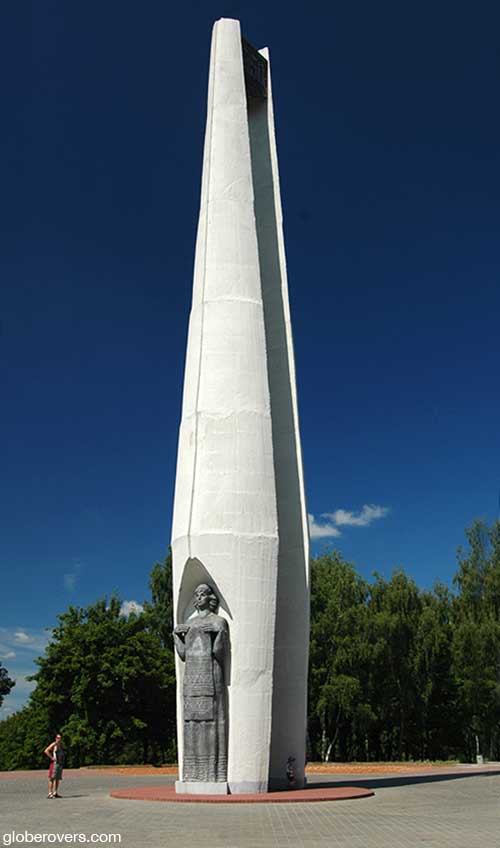
There are a few countries still frozen in the Soviet era. Among these are North Korea, Turkmenistan, Transnistria, and Belarus. Though hardly comparable with one another, or even to Russia, each of these countries is unique in many ways.
Among these places, Belarus is likely the most easily visited and least bizarre. Though the KGB is still feared in Belarus under the dictatorship of Alexander Lukashenko, it is not too difficult to travel around the country. While most travellers have to apply for a visa and also register at a police station within a certain number of days of arrival, exploring this interesting country is not too challenging.
In the secretive state of Belarus, under a dictatorial rule where the KGB continues to instil fear in its citizens, we found a country with gentle people and fascinating architecture.
Homestays are possible, and a variety of hotels are open to foreign visitors. Train travel is fairly comfortable and major railway lines head in many directions. In addition to Minsk being an interesting city with fascinating Lenin-styled architecture, the country has many exhilarating destinations to explore, without encountering masses of tourists.
Table of Contents
Minsk
Minsk, the capital of Belarus is a brilliant example of Soviet city planning with its long and wide boulevards, Stalinist architecture, and rows of bland apartments on superblocks.
The Svisloch River bisects Minsk as its main waterway. During the Soviet time, the river was blocked and its banks have been set in concrete. The city has many impressive buildings, parks, monuments, churches, graveyards, and other attractions. Enough to keep travellers busy for a few days.



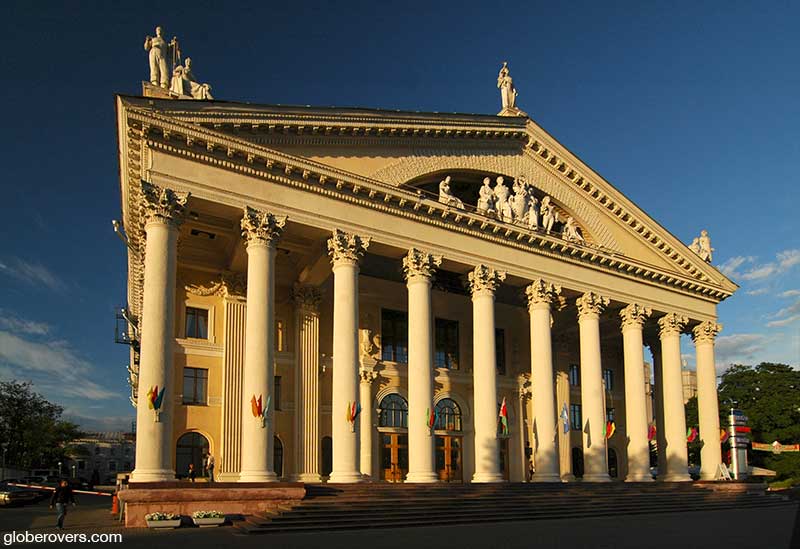


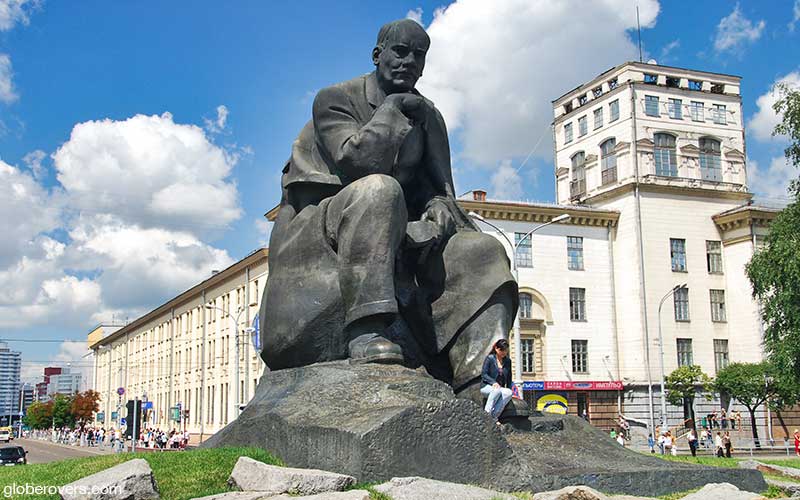


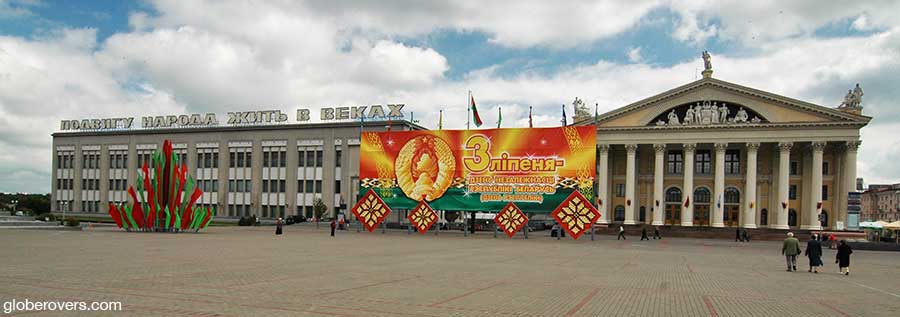
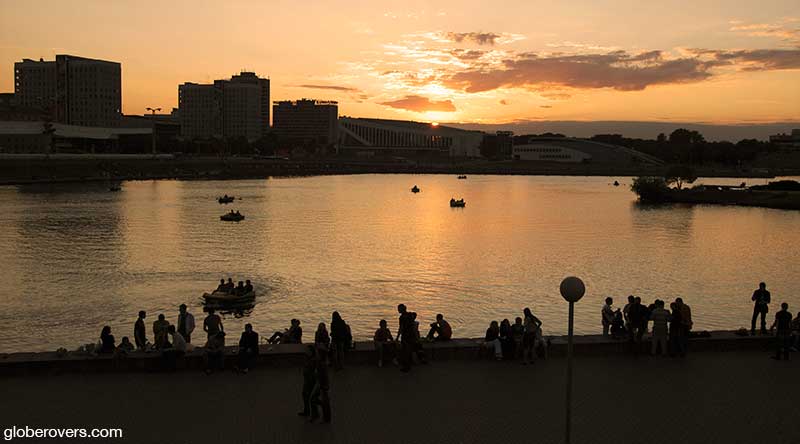
Nesvizh
Nesvizh is most well known for its famous Radziwiłłs family and their Nesvizh Castle. The Radziwiłłs family were powerful people who came to the peak of their power in the 16th century and they remained influential well into the 20th century. The Radziwiłłs were referred to as ‘magnates’ – an extremely wealthy family that had power at every level of life in this part of the world. Their influence stretched across modern-day Belarus, Poland, Lithuania, and even Germany.


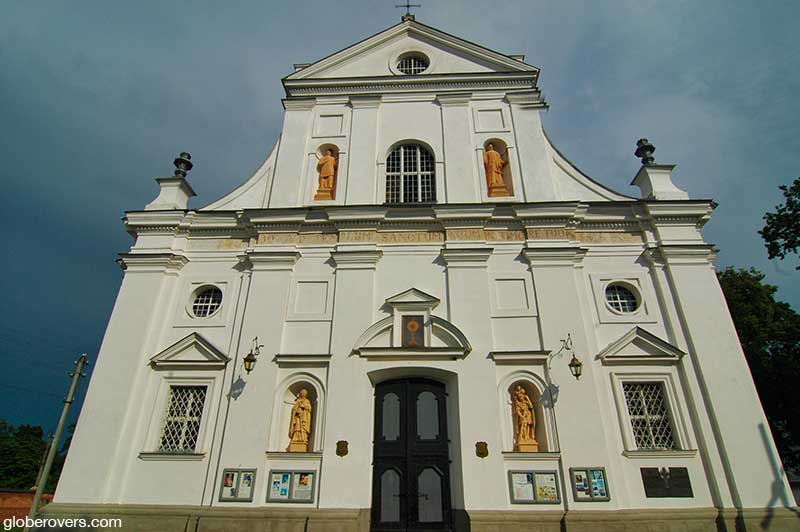



Memorial in front of Nesvizh Castle dedicated to soldiers of Great Patriotic War 
Nesvizh Benedictine Sisters Convent Tower, Nesvizh, Belarus (kolokol’nia monastyria benediktinzev)
Mir
The town of Mir lies 29 kilometres (18 mi) north-west of another the Nesvizh Castle. While it is a pleasant town, the main reason to visit is the Mir Castle Complex (Mirski Zamak) constructed during the turn of the 16th century in the Polish Gothic style. When German forces invaded the Soviet Union in 1941, they occupied the castle and converted it to a ghetto for the local Jewish population.
In December 2000, the castle was listed by UNESCO as a World Heritage Site.
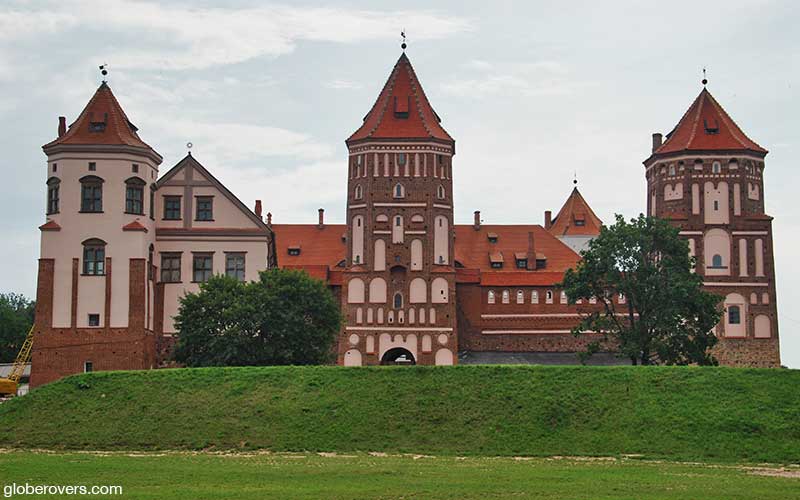


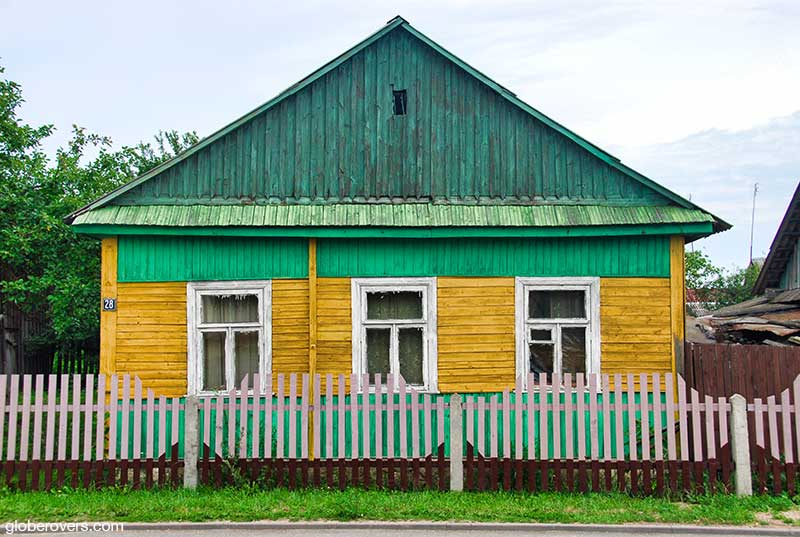
Grodno, western Belarus
Grodno, or Hrodna, is located close to the Polish border and well worth a visit. An overnight train from Minsk arrive early morning in Grodno and if needed you can take the same train back in the evening. The town has many attractions and it is fairly easy to see most attraction on foot. A pleasant town indeed.
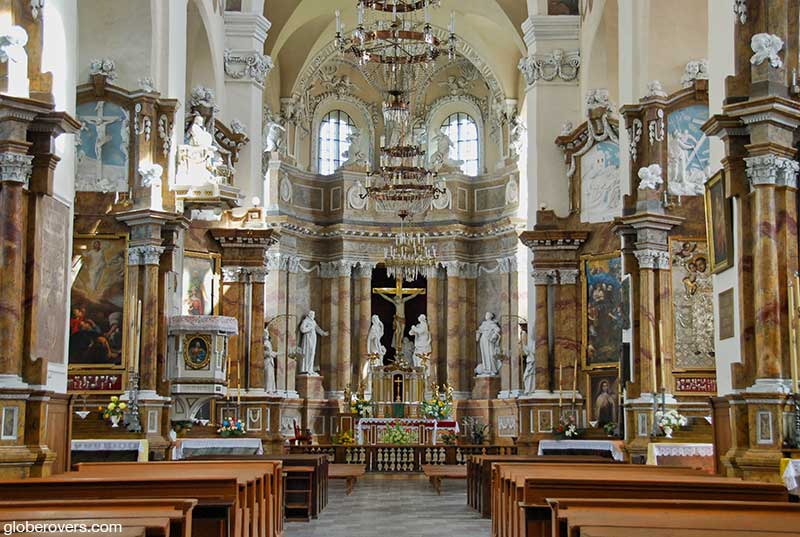
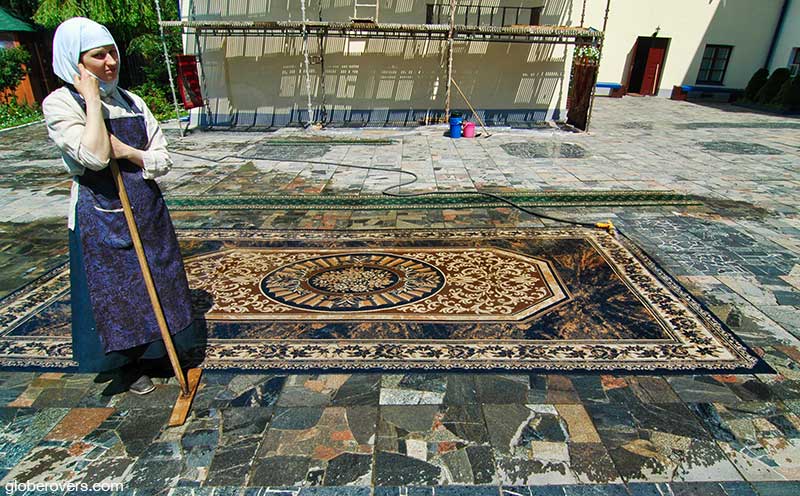
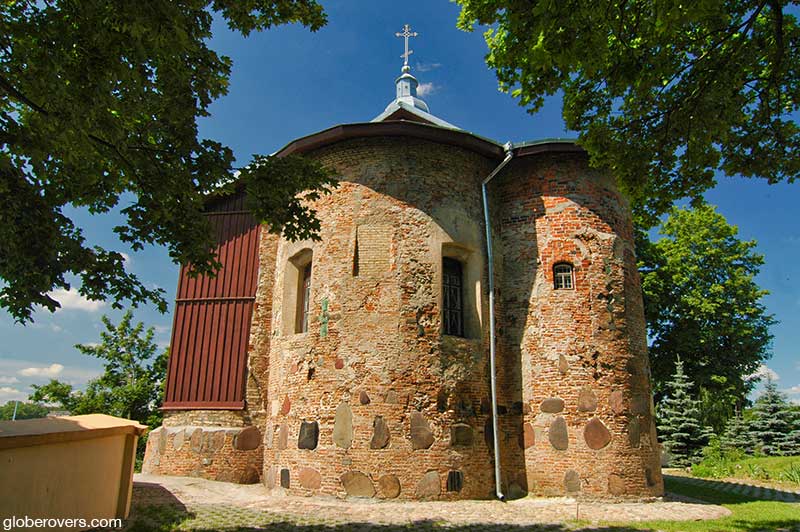
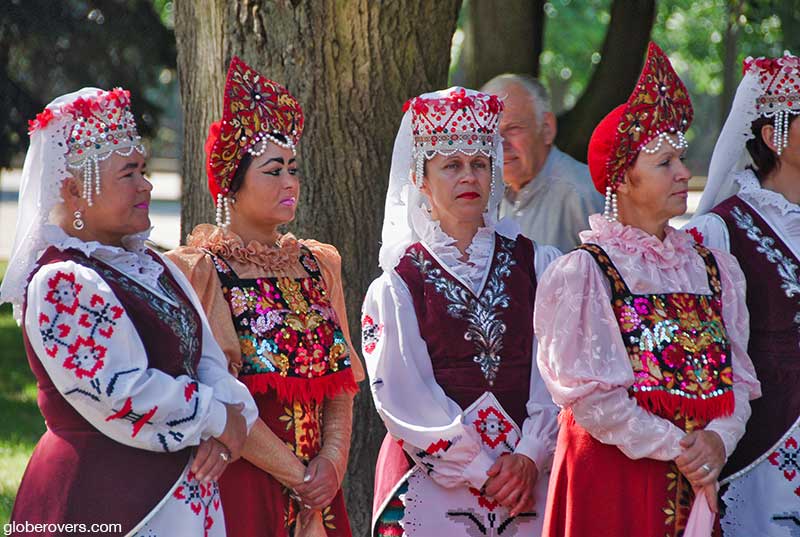

☛ Read more: Bizarre places to explore

Stellar Memorial 
St Francis Catholic Church

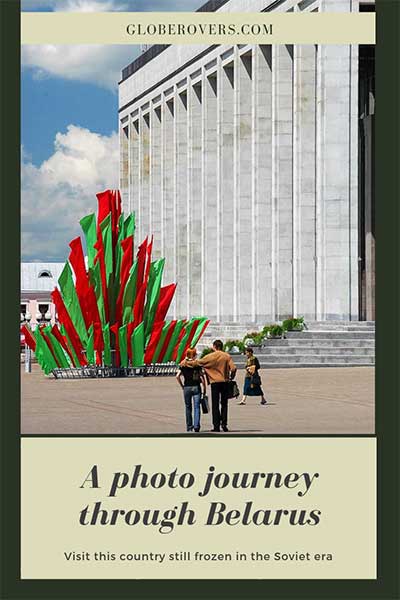
Further reading:
- 23 Reasons Why Minsk Is Magical And You Should Visit
- Quick Travel Guide: Minsk, Belarus
- Traveling in Belarus
- 3 Places You Have to Visit in Belarus

Blog post and photos by Peter who has been travelling almost full-time since 2005 and has been to over 122 countries. He visited several countries, such as Japan, more than 20 times. Peter is Editor-in-Chief and Publisher of GlobeRovers Magazine, an independent travel magazine focused on intrepid destinations.



